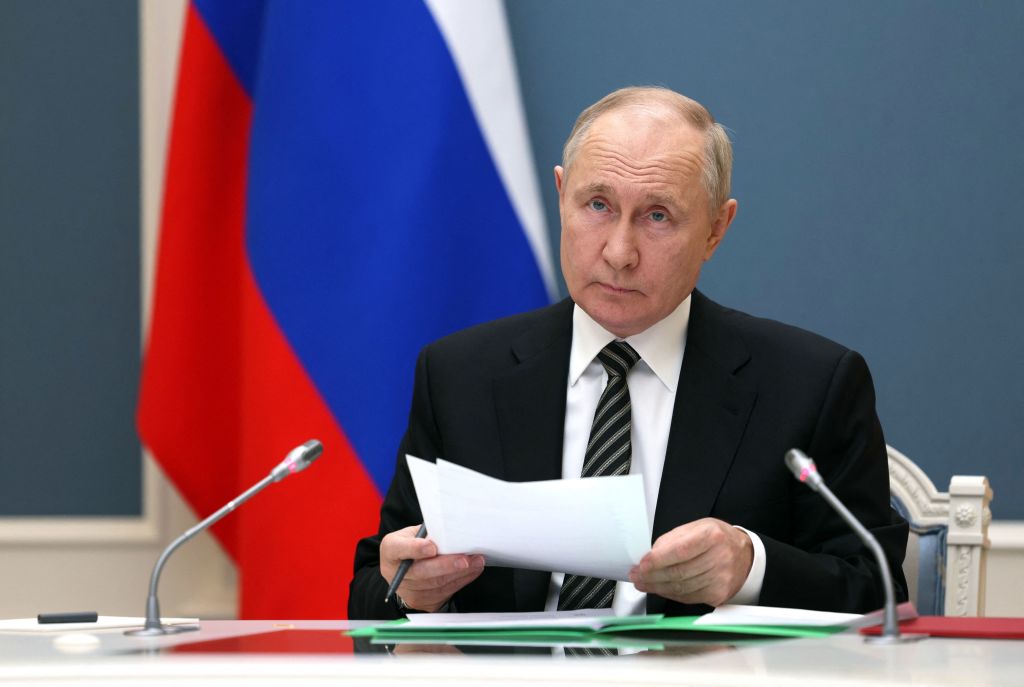Putin in Arkhangelsk: Arctic industry and infrastructure on agenda

The Russian ruler gathered the governors of all Arctic regions for a talk about big projects. Among them is a nuclear power station in the north Siberian village of Ust-Kuiga.
Upon arrival in the Arkhangelsk region on 11th of December, Putin headed straight to the naval city of Severodvinsk where he attended the flag-raising ceremony for the two nuclear-powered submarines.
He subsequently sat down for talks with regional Governor Aleksandr Tsybulsky and chaired a video meeting with the leaders of all of Russia’s nine Arctic regions.
On the agenda were the so-called Arctic support points that have been chosen as sites for new industry and infrastructure. A total of 16 sites are included in the list. Among them is the Tiksi-Nayba area in the Sakha region.
According to Head of the Sakha regional government Aysen Nikolayev, Tiksi-Nayba will be an area of significant growth. Among the upcoming investments is the building of infrastructure to the nearby village of Ust-Kuyga where Rosatom is in the process of planning a small-scale nuclear power station.
The installation will be the world’s first land-based station of its kind and be based on a RITM-200N reactor. It will have a heat and electricity production capacity of 190 MW 55 MW respectively and can serve for up to 60 years, Rosatom informs.
Energy and logistical hubs
The power plant will provide energy to the nearby Kyuchussky mining area where several minerals and metals will be extracted, among them gold, tin and various rare earth metals.
The seaports of nearby Tiksi and Nayba will serve as local logistical hubs. By year 2032, the port of Nayba will be able to handle up to 15 million tons of goods per year, Governor Nikolayev explained to Putin.
Also the port of Tiksi will significantly be expanded. It will not only be able to handle far more goods, but also serve cruise vessels, the regional leader said.
Arctic developments have been high on the agenda of Putin after he prolonged his presidential tenure in 2018. According to his ambitious plans for the region is the boost in shipments on the Northern Sea Route to 80 million tons in year 2024.
That objective will be far from fulfilment. According to the latest figures from the Ministry of the Far East and Arctic, the volume will amount to 36 million tons in 2023.
Related stories from around the North:
Canada: Potential Canadian Northern Corridor would present unique security challenges and opportunities, say researchers, Eye on the Arctic
Norway: Thawing permafrost melts ground under homes and around Global Seed Vault in Svalbard, The Independent Barents Observer
Russia: 30–50% of critical northern infrastructure could be at high risk by 2050 due to warming, says study, Eye on the Arctic
United States: U.S. Navy to build airport infrastructure in North Norway to meet upped Russian submarine presence, The Independent Barents Observer



